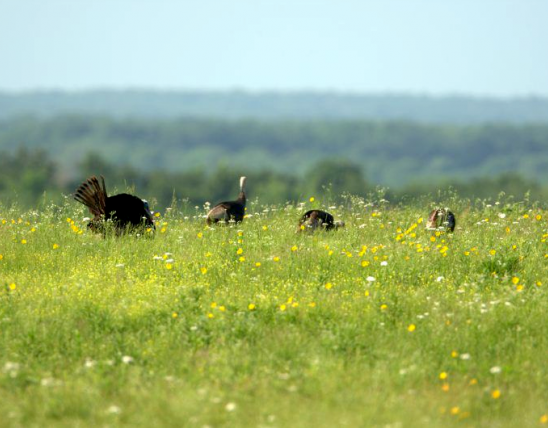This 655-acre native prairie was purchased from Vaughn Lumpee in 1987. Mr. Lumpee ran a cattle operation on this area and he had a great fondness for the cowboy lifestyle.
Media
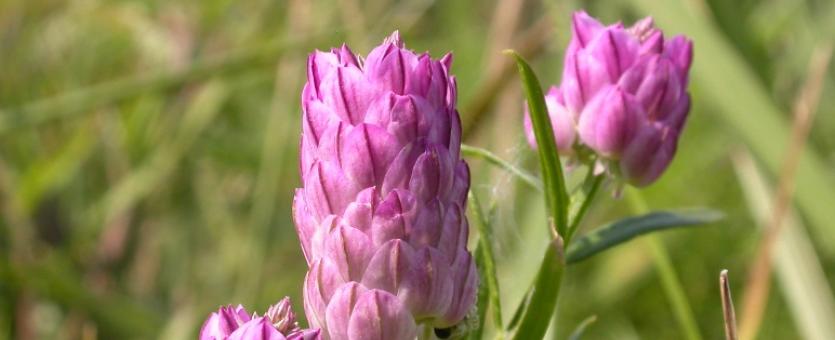
Scientific Name
Polygala sanguinea
Family
Polygalaceae (milkworts)
Description
Small, herbaceous annual with angled stems, usually not branching. Flowers in terminal, dense, cylindrical heads, ranging from pink to white to green. Each flower has 5 sepals: The top 1 and lower 2 sepals are small and green, and the 2 side sepals are prominent, larger, and petallike, pink or white. The 3 petals are joined, forming a small, narrow tube, and are also pink or white. Blooms May–October. Leaves alternate, widely spaced, linear to narrowly elliptical, edged with extremely small teeth. Stalks are hairless, though spiky remnants of spent, dropped flowers remain beneath the flower head.
Size
Height: to about 8 inches.
Where To Find
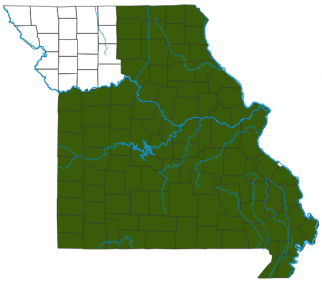
Statewide except northwestern counties.
Habitat and Conservation
Occurs in dry or wet situations in prairies, old fields, meadows, and glades, often on poor or acid soils.
Status
Although the flowering heads of milkwort resemble those of a clover plant, milkworts are in their own family.
Human Connections
Another species, P. senega, was used by Native Americans as a remedy for snakebite (milkworts are also called "snakeroots"). Though no longer used for treating snakebites, senega root is still being collected by root diggers, since herbalists sell it for a variety of other medicinal uses.
Ecosystem Connections
A variety of bees visit the flowers, and some butterflies and moths use it as their larval food plant.
Title
Media Gallery
Image
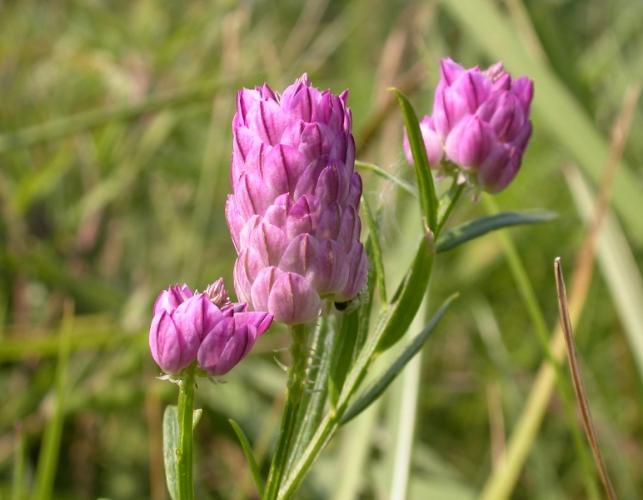
Caption
The dense, cylindrical flower clusters of field milkwort are pink to white and look something like a clover head.
Credit
Anonymous
Right to Use
Image
Credit
Submitted by Aaron Winter
Right to Use
Image
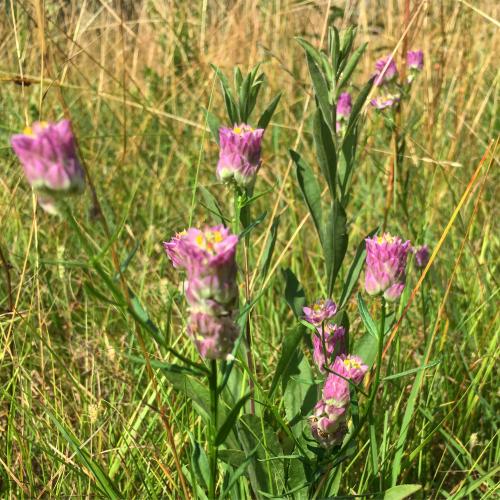
Credit
Submitted by Kevin Wilson
Right to Use
Image
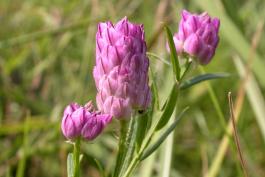
Image
Image
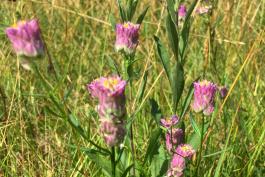
Title
Similar Species
Where to See Species
About Wildflowers, Grasses and Other Nonwoody Plants in Missouri
A very simple way of thinking about the green world is to divide the vascular plants into two groups: woody and nonwoody (or herbaceous). But this is an artificial division; many plant families include some species that are woody and some that are not. The diversity of nonwoody vascular plants is staggering! Think of all the ferns, grasses, sedges, lilies, peas, sunflowers, nightshades, milkweeds, mustards, mints, and mallows — weeds and wildflowers — and many more!






















